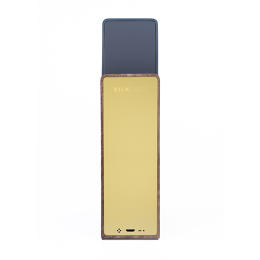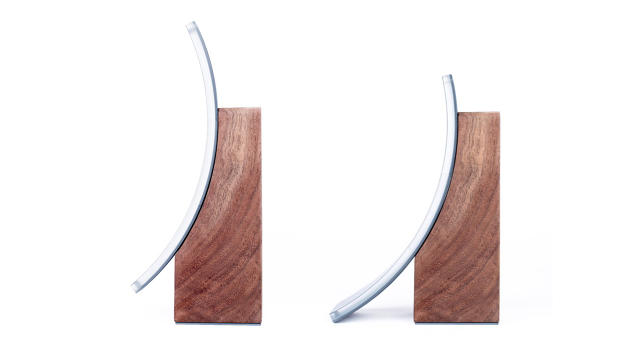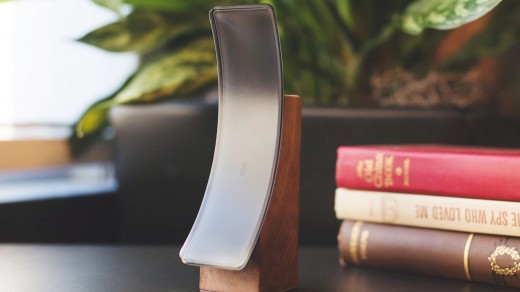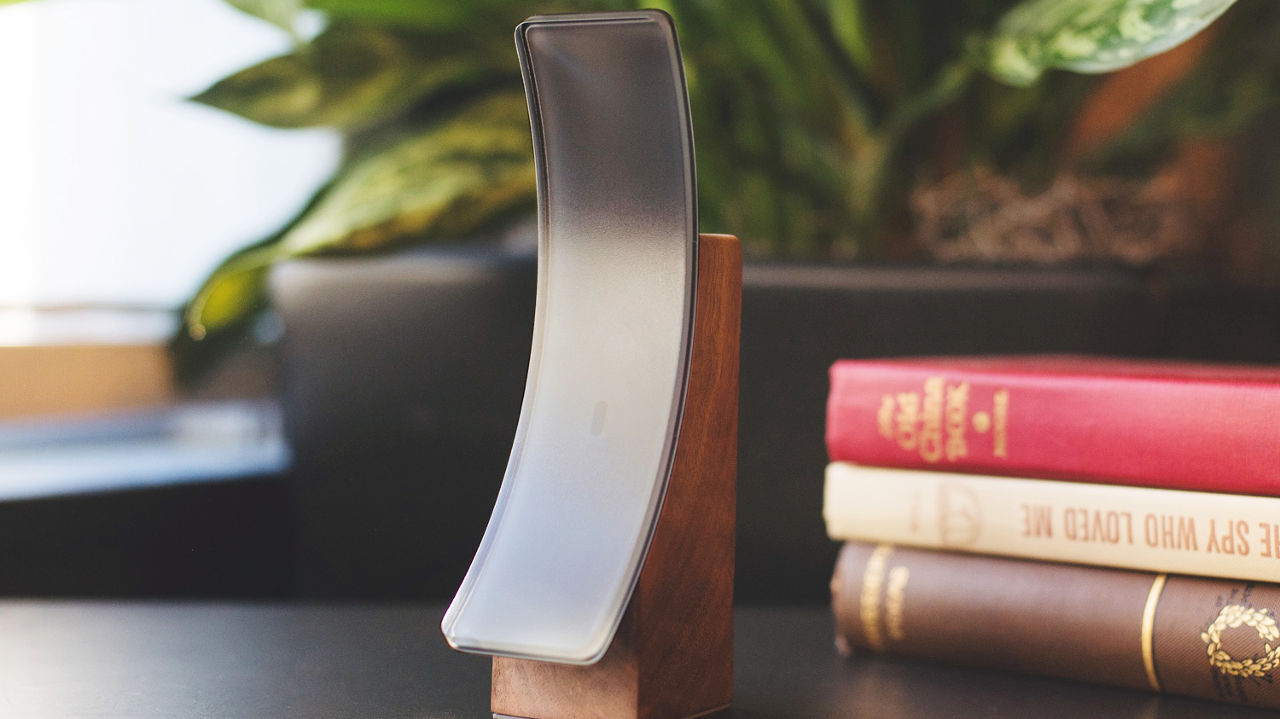Silk Labs wants To Free The sensible residence From Smartphones And The Cloud
Andreas Gal is describing to me what it can be prefer to activate a Wi-Fi-enabled mild using your cellphone, and he is making it sound like a big step backwards reasonably than the best way of the longer term.
“you need to fumble out your smartphone and switch it on and type on your PIN code and launch an app,” he says. “We simply made your expertise four steps worse than flipping a gentle change subsequent to you.”
Gal’s startup, Silk Labs, is constructing an running system—also called Silk—which is designed to push more computational smarts into the gizmos within a house, thereby making them much less reliant on smartphones—and in addition less depending on the cloud, which does numerous the heavy lifting for smartphones and for existing smart-residence devices akin to Nest’s Nest Cam security camera (formerly often called Dropcam). it’s an bold intention that entails convincing hardware makers to license Silk, and if issues occur as fast as Gal hopes, Silk-powered merchandise may well be on hand sometime in 2017.

in the interim, the company is displaying what Silk can do through constructing it into experience, a tool it can be launching as a Kickstarter mission as of late. A tiny tower manufactured from wooden, brass, and glass, sense is one section camera, one section sensible-dwelling hub. but it surely appear extra like a knickknack that it’s possible you’ll show to your front room than a section of client electronics. that is the idea: Silk Labs wants its expertise to mix into a home somewhat than call consideration to itself.
Kickstarter backers who pledge as a minimum $249—there may be additionally a $225 early-chicken tier—will have the ability to get a sense, which Silk Labs plans to ship this December. it could function tricks of the sort which Silk Labs hopes will define its operating device, equivalent to the usage of facial acceptance to note when a selected individual has entered the room after which swap on mood lighting and song custom-made to that individual’s tastes.
That requires technologies comparable to facial acceptance that works at a distance and can acknowledge any individual from a profile view. furthermore, such technologies wish to run immediately on the instrument itself; feel, in contrast to many good cameras, does not offload all of its processing to the cloud, an means that opens up security vulnerabilities and leaves folks with much less regulate over the place their knowledge finishes up.
feel is able to run the vital software as a result of it packs a few of the related chips and other components as a low-finish smartphone. the whole means makes sense on condition that Gal is the former CTO of Mozilla, where certainly one of his tasks used to be the fascinating (though in some way unsuccessful) Firefox OS, a smartphone working gadget designed to be used in basic smartphones in developing international locations. (Cofounder Chris Jones is also a Mozilla veteran; Michael Vines, every other cofounder, previously worked at chipmaker Qualcomm.)
Going Up in opposition to Google
by using writing an working gadget for the internet of issues, Silk Labs may seem to have chosen the daunting process of competing immediately with Google, which introduced an IoT OS called Brillo eventually year’s Google I/O convention. however Gal instructed me that Brillo is focusing on the elemental parts of an running machine at a very low stage. Silk, which makes use of Google’s Android as one in every of its elements, targets to offer makers of units with tool functionality in accordance with technologies reminiscent of desktop studying, allowing them to make their gadgets perform useful duties with out huge funding of further engineering tools.

If it all comes together, Silk-enabled gadgets may have the ability to observe alerts from their environment and react correspondingly in a method that goes past present sensible-dwelling gadgetry. “A Dropcam tells you any time there’s any motion in the home, which is not in reality useful,” Gal says.
Silk Labs hopes to be a foundational piece of know-how for a world by which ordinary mild sockets and wall switches are connected via Wi-Fi quite than copper wire, and people get reductions on insurance coverage since the home equipment of their home are sensible enough to report warning signs of mechanical failure prior to they occur. When will that come to go? “it is very hard for me to offer you a timeline,” Gal advised me, “but it surely’s very, very clear that it’ll happen. We need to get there faster.”
fast company , learn Full Story
(23)














